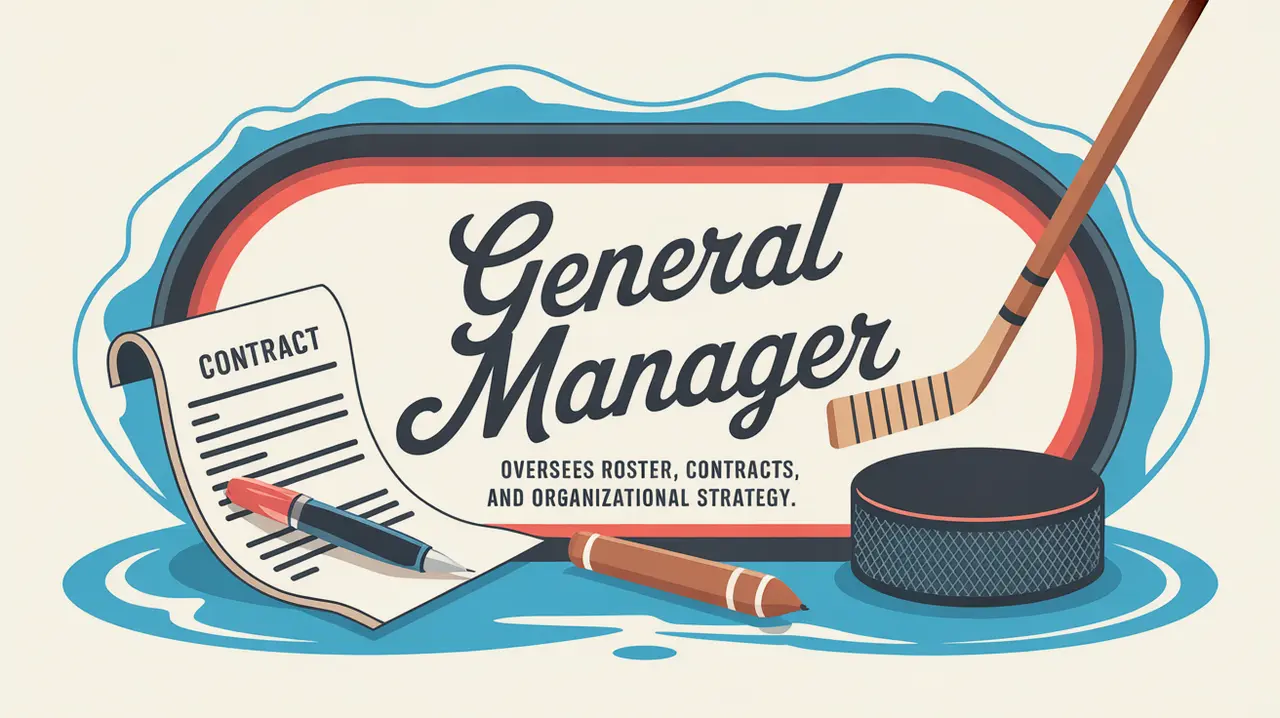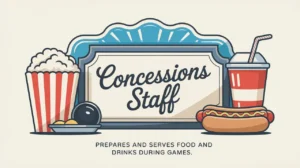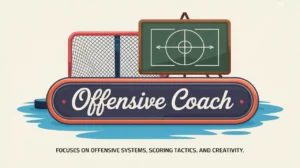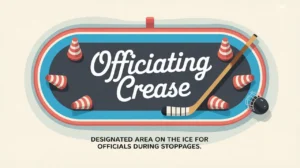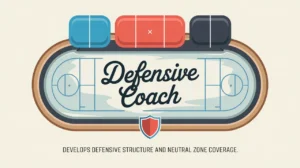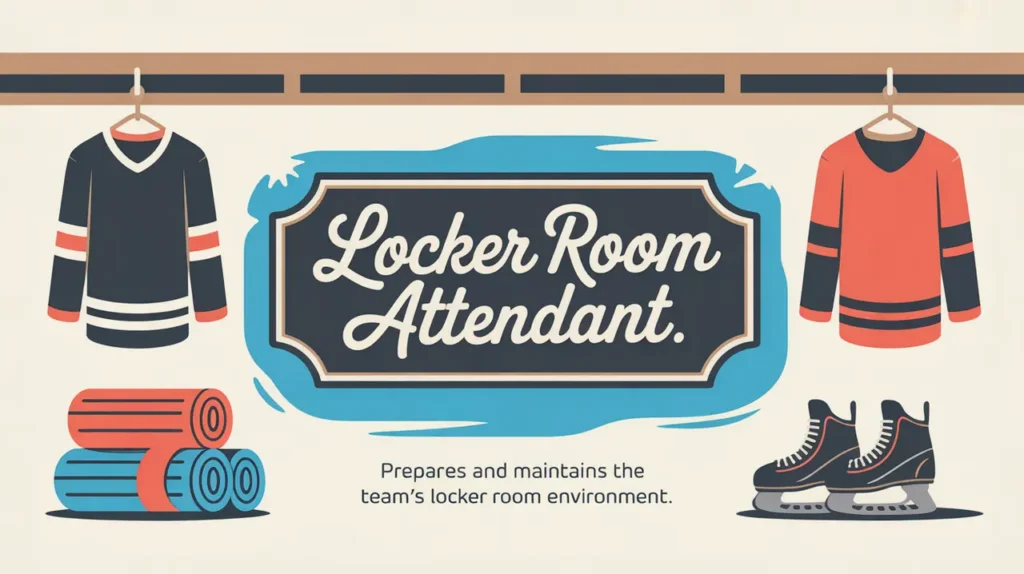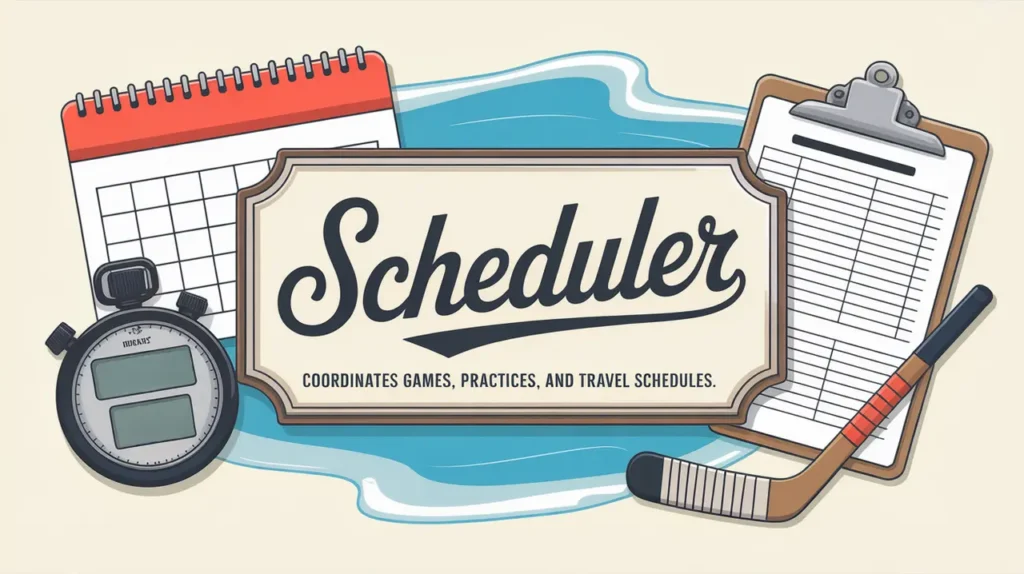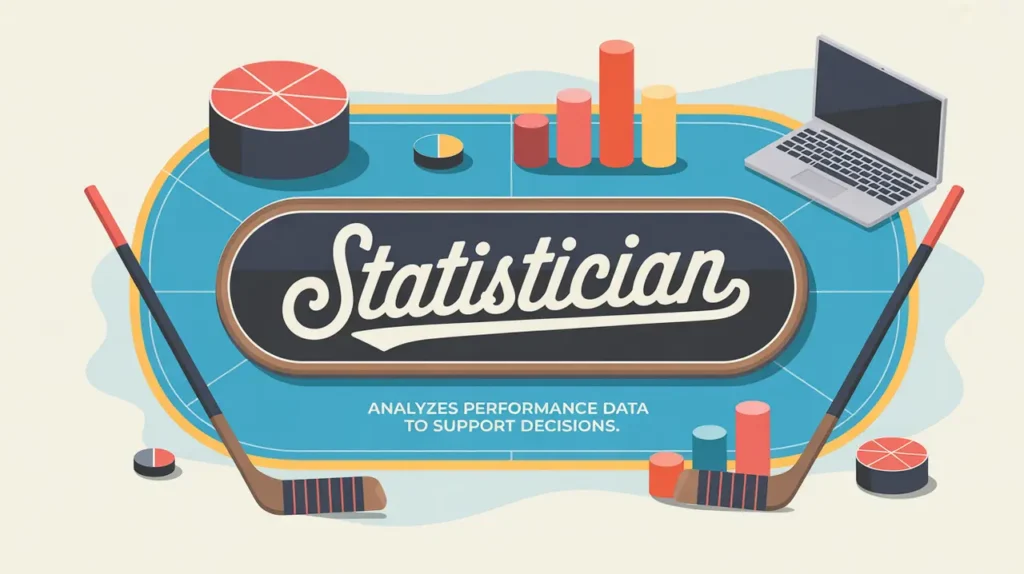Jim’s Intro to the General Manager
Hi folks, Jim here, the only commentator who once took on a GM role just to try and trade himself to a better broadcast team, even though he worked alone.
What is a general manager?
A general manager (GM) is the strategic and administrative leader responsible for building and overseeing the team’s roster, staff, and operational direction.
At higher levels, this involves scouting, recruiting, hiring, contracts, and long-term planning. At youth and amateur levels, the GM often blends strategic oversight with practical coordination, including making key personnel decisions, managing budgets, and setting the tone for how the organization runs.
How does it work?
The GM’s work spans team construction, operational leadership, and coordination across departments:
Team Building
- GMs recruit, sign, or draft players, depending on the level of competition.
- They assess talent, plan for future seasons, and make roster moves to strengthen the team.
- In junior, club, or school settings, this may mean selecting teams through tryouts, approving rosters, or attracting key players.
Staffing and Leadership
- The GM hires and manages coaches, support staff, and sometimes scouts, ensuring the right people are in the right roles.
- They set expectations for culture and performance across the organization.
Budgeting and Resource Allocation
- GMs manage the team’s finances, including salaries (if applicable), travel budgets, equipment costs, and operational expenses.
- At community levels, this may involve fundraising, sponsorship management, and cost control.
Policy and Governance
- They interpret and enforce league regulations, oversee eligibility issues, and represent the team in league or association meetings.
Strategic Direction
- The GM shapes the vision for how the team is built and how it evolves over time, whether that’s competing for championships, focusing on player development, or balancing both.
Common Situations Involving General Managers
- Tryouts and Player Selection: Making roster decisions and setting team identity.
- Staff Hiring and Management: Choosing coaches and ensuring alignment with organizational goals.
- Trades or Player Movement (at higher levels): Strengthening rosters strategically.
- Budget Oversight: Balancing costs and resources for the season.
- League Relations: Attending meetings, resolving disputes, and advocating for the team.
How do you make good decisions with it?
Good general management relies on strategic clarity, strong communication, and long-term thinking.
- Know the Team’s Identity: Every decision should align with a clear vision.
- Build Relationships: Success depends on trust with coaches, players, parents, and leagues.
- Think Beyond the Next Game: GMs plan for seasons, not just weekends.
- Balance Resources Wisely: Strategic budgeting prevents mid-season headaches.
- Respect Regulations: Eligibility or compliance missteps can derail everything.
How do you master it?
Mastering the GM role requires strategic insight, leadership, and organizational skills. The best GMs blend hockey knowledge with administrative discipline, understanding both the on-ice product and the off-ice structures that sustain it. They anticipate problems, build cohesive teams, and earn respect through clarity and consistency.
What does it look like when done right?
A great GM builds a team that’s competitive, well-supported, and sustainably run. Coaches feel empowered, players are well-placed, operations run smoothly, and the team’s trajectory makes sense over time.
Commentator’s Corner
Jim’s Take
The GM is like the chess player of hockey. They’re not moving the pieces on the ice, but they’re setting the board long before the puck drops.
Parent Tip
Understand that roster and staffing decisions are made with big-picture goals in mind. Communication and patience go a long way.
Player Tip
The GM sees your development over time. Consistency, attitude, and growth matter as much as stats.
A Final Thought
The general manager is the architect and strategist of the team, blending vision, leadership, and operational skill to build lasting success. When mastered, the role combines foresight, structure, and decisive leadership, ensuring the team thrives on and off the ice.

